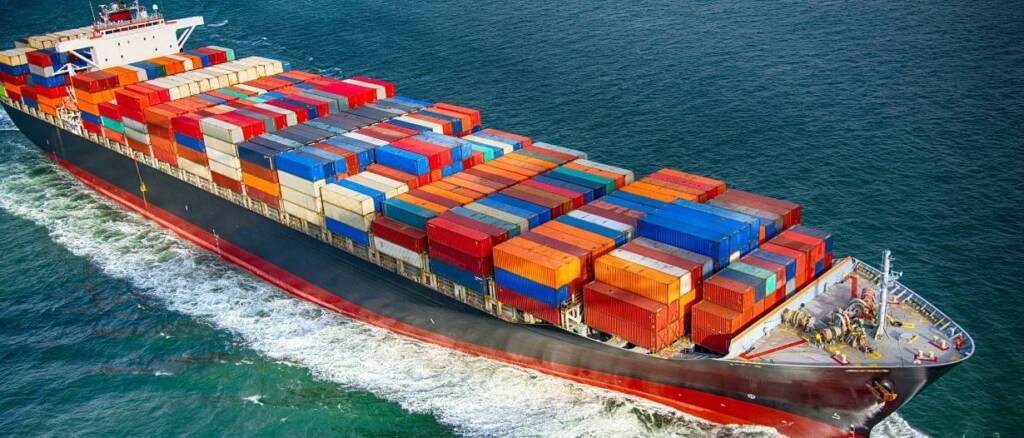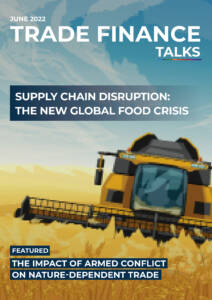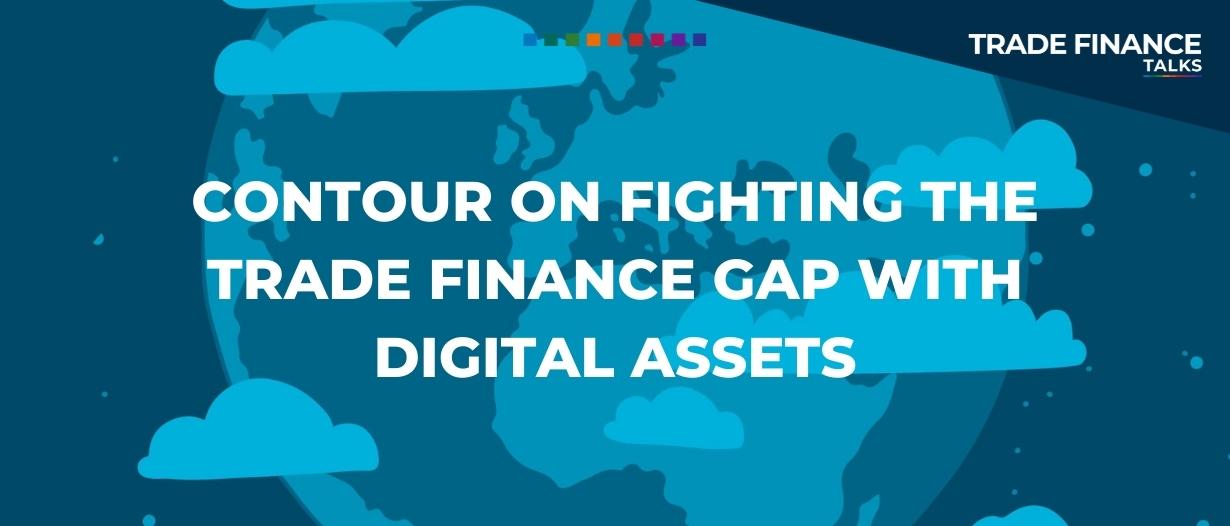Listen to this podcast on Spotify, Apple Podcasts, Podbean, Podtail, ListenNotes, TuneIn
Trade digitalisation has come a long way in the past half-decade, but there is still much more to do.
TFG’s Deepesh Patel sat down with Contour’s CEO Carl Wegner and Chief Product Officer Joshua Kroeker to discuss trade assets, trade receivables, and the distribution of trade finance.
Technology certainly has a role to play in secondary markets, and this, in turn, can help attract capital to trade finance, a short-term self-liquidating asset, which has a relatively low default rate.
Contour combats the $1.7 tn gap by making trade finance cheaper
In October 2021, the Asian Development Bank released its latest rendition of the Trade Finance Gaps, Growth, and Jobs Survey – indicating that the oft-cited trade finance gap has increased to $1.7 trillion.
This increase shows that trade has grown but the availability of trade finance has not kept pace.
Technology platform Contour helps to combat this widening gap in two ways: by making trade finance more accessible and making it cheaper.
“If you look at Contour’s network, we’re not just a network for the very largest banks and trade companies – we really want to be accessible for any buyer, seller, trader, or financial institution where trade is an important part of their business,” Josh Kroeker said.
“We are a bank agnostic platform allowing corporates to manage multiple bank relationships in one user interface.”
In terms of cost reduction, Contour’s digital-first approach allows financial institutions to cut down on the amount of paper, people, and processes that they need to manage.
Reducing these inherently lowers service costs, allowing financiers to provide service to a wider group of corporate trading customers.
However, even this may not be enough because there is the issue of risk appetite, which is a core part of providing finance.
“We want to make sure we have the widest pool of assets and create and the widest pool of financiers who are willing to take on the risk,” Kroeker said.
“That is what will be important to reduce the gap and make sure that nobody gets left behind.”

Platforms can help generate more trade
For a small trading company, their whole focus is on getting trade finance limits with their local bank so that they can sell into international markets.
Getting those trade finance limits is a critical first step.
Unfortunately, if the local bank is quite small and does not have a robust network of global relationship banks, even this bank representing a small business and promising to pay in their stead should the need arise may not be enough to satisfy the risk appetite of a foreign firm.
This is especially the case given that, even before the pandemic, many banks have been actively reducing their number of correspondent banking relationships.
Unfortunately, this is the reality of the traditional trade finance market, where every stakeholder has high costs and there are tremendous amounts of friction between these different counterparties.
“We help reduce these frictions so that when that bank goes and represents a small buyer on the international stage, they can find someone who’s willing to take that risk,” Kroeker said.
“This is where having a network of banks like what Contour has is going to really change the game.”
For example, imagine a small local bank in Vietnam that is trying to issue a letter of credit for a corporate client but cannot find any counterparty to take the risk or confirm it.
This client will now be excluded from the market – and the trade finance gap ever so slightly widened – even though, beyond the small bank’s limited network, there may very well exist an entity that would be willing to take that risk.
In this instance, having access to a secondary market allows other banks in the network that are willing and able to originate this transaction to do so, generating additional revenue for themselves while servicing that small business’s needs.

Better accessibility to financiers leads to more financing
Technology companies using blockchain tend to do so primarily because it is decentralised.
When building a global trade network, there are both regulatory and commercial reasons why platforms prefer this decentralised approach so they do not house their data all in one place.
Commercially, firms are able to take advantage of the benefits of using a common network while still domiciling their data in a location they are comfortable with and only sharing certain pieces of it with trading counterparts.
Ultimately, this helps to widen the pool of banks and other partners that are willing to join a platform and ultimately contribute to the aggregate risk appetite.
The larger this pool and appetite become, the better the platform as a whole is able to serve traders.
For example, when one bank on the platform hits its limit on Vietnamese bank risk, they can simply hand this transaction off to another bank on the network – providing the client with an alternative financing opportunity.
“Helping reduce friction for these interbank relationships and streamlining deals is really the first step of what Contour does,” Kroeker said.
“But I think the industry really wants security and trust – they want to know that they are financing a real asset that has been verified and that exists in the real world.”
Contour continues to add small local banks from various regions around the world, with current members embracing a mindset of collaboration.
“The biggest banks realize that they need to bring in the smaller banks,” Contour CEO Carl Wegner said.
“We also now see the opportunity for other financiers to come in and help this trade gap.”
This added range of financiers is particularly useful in situations where a country experiences a credit issue that causes many banks to drop their credit appetite for that particular market.
If other lenders are interested in stepping up this can help reduce the shock of such an event, particularly for the smaller firms.
This is because it is not the biggest companies that are impacted when country credit lines get reduced, it’s the medium and the small companies.
These realities create an opportunity for platforms like Contour to further distribute and democratize trade finance.
Read the latest issue of Trade Finance Talks, June 2022


































